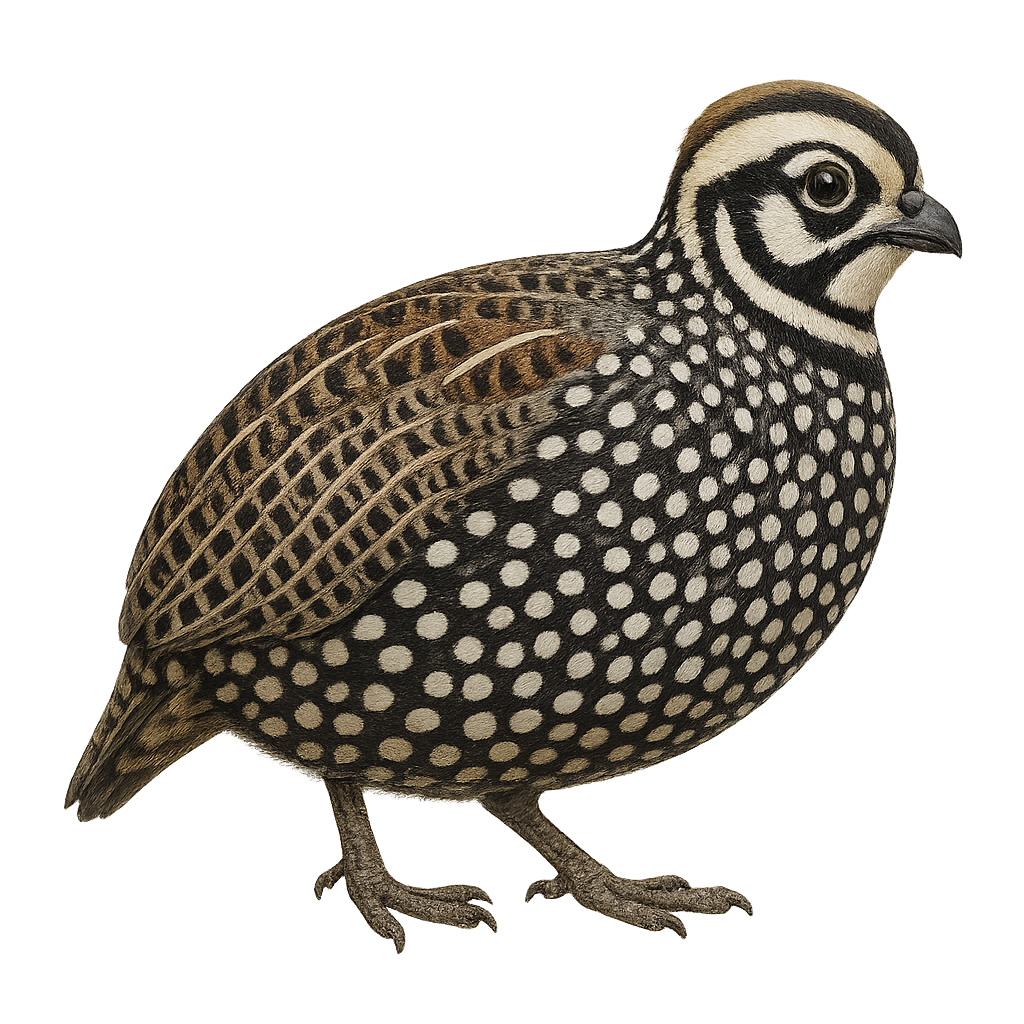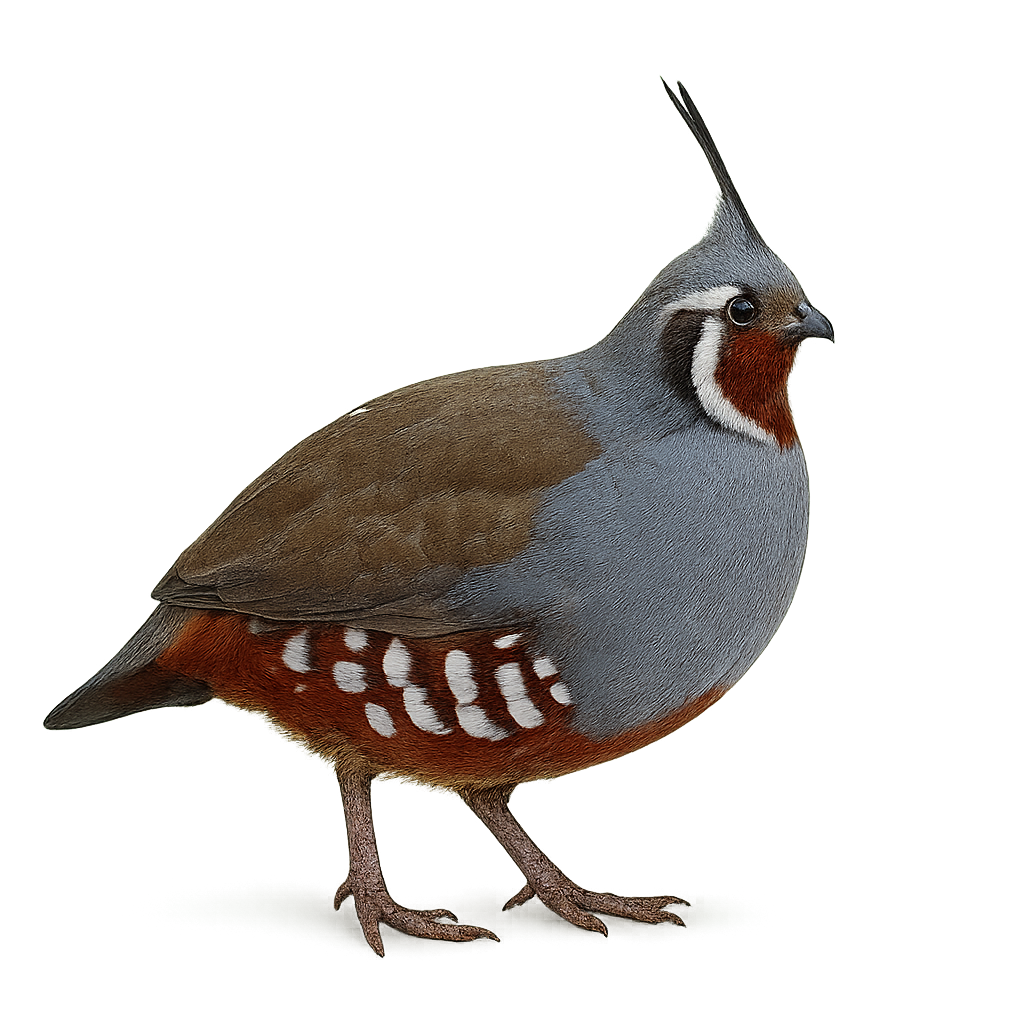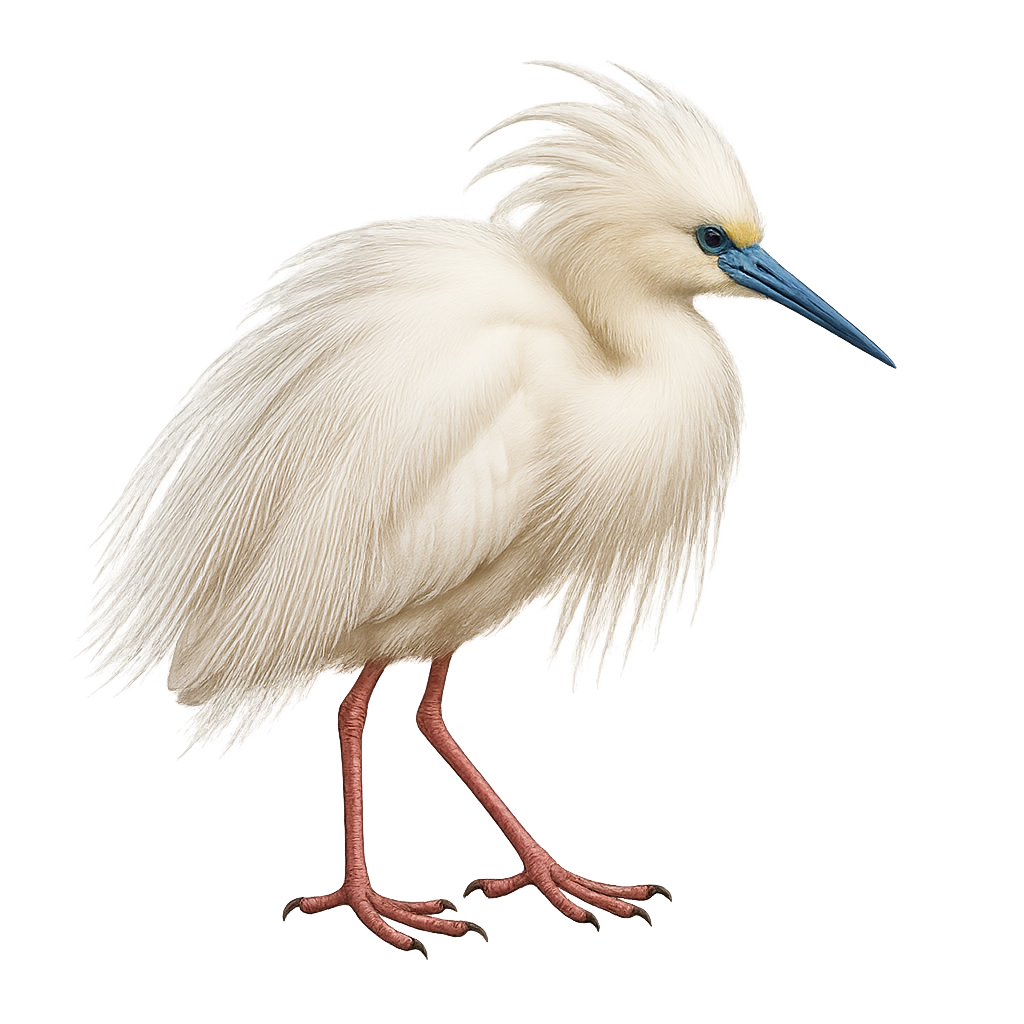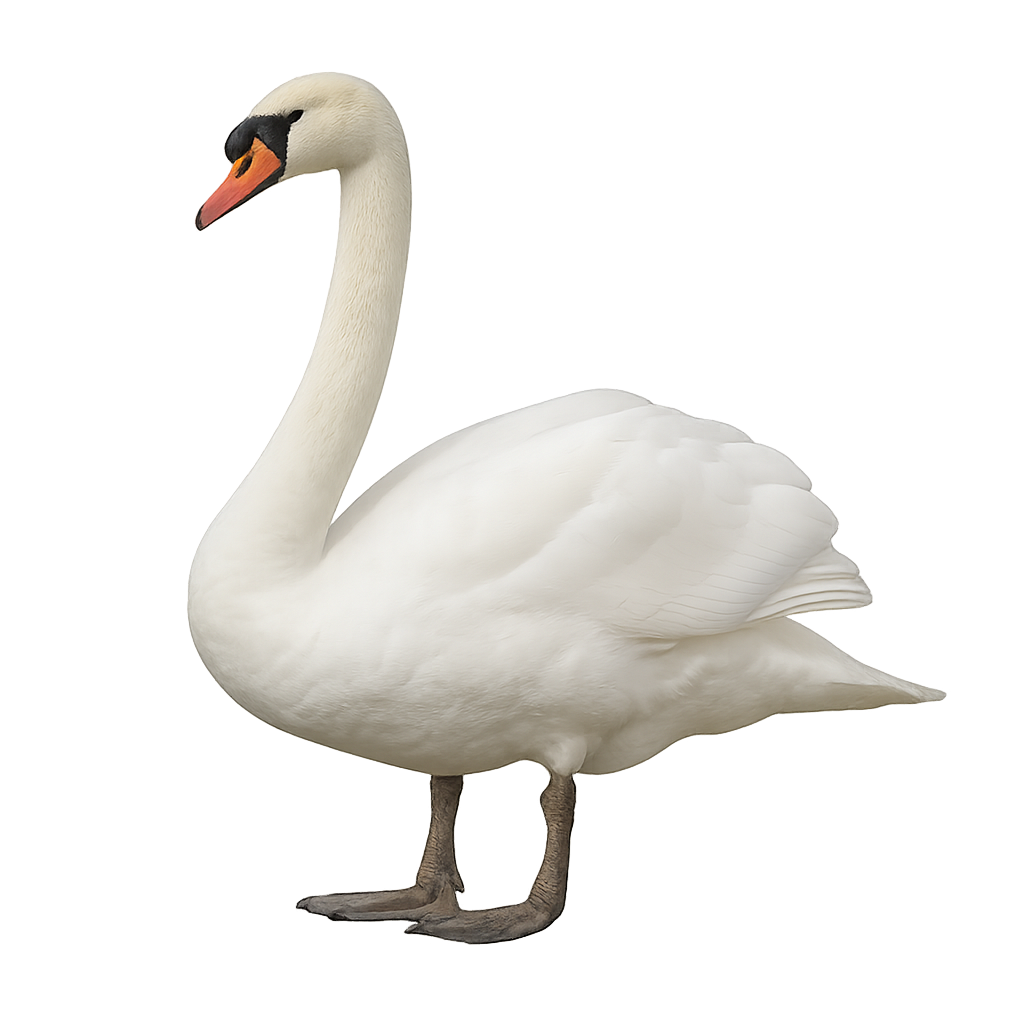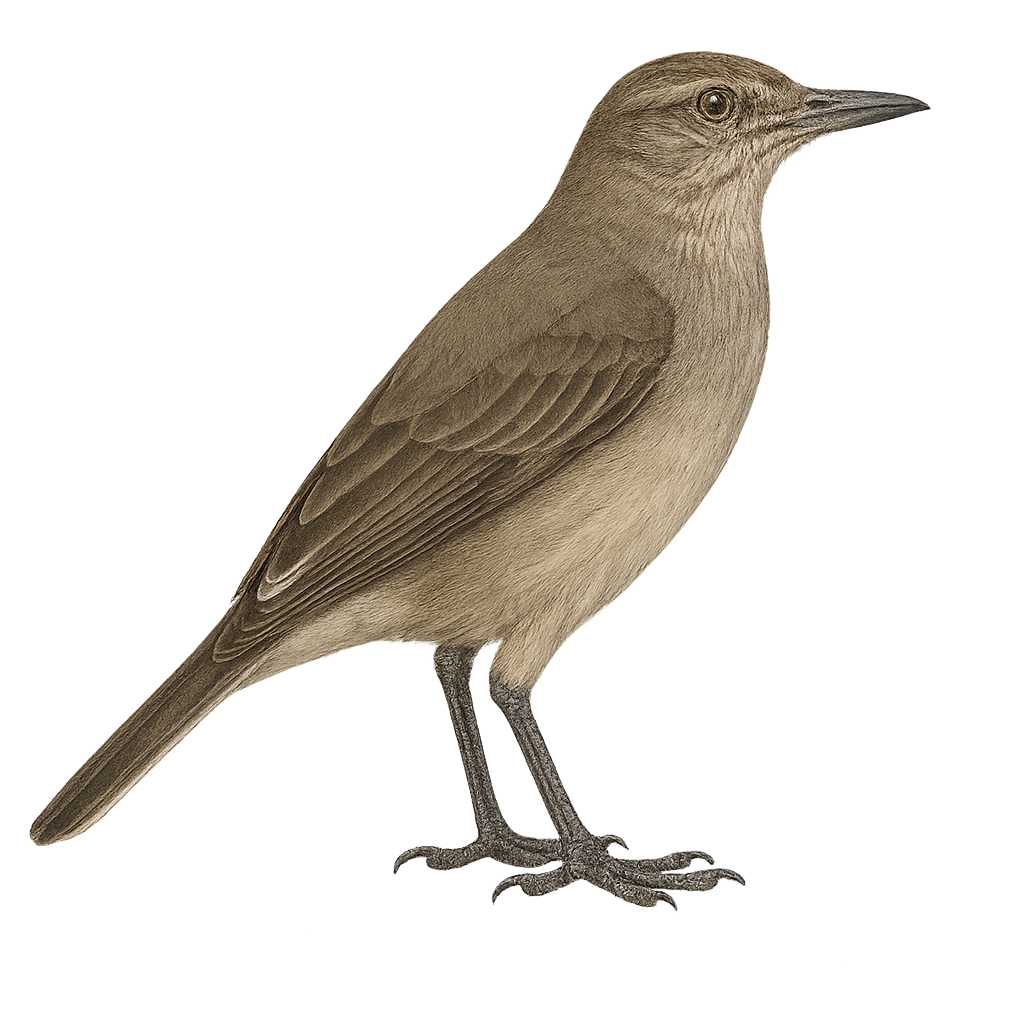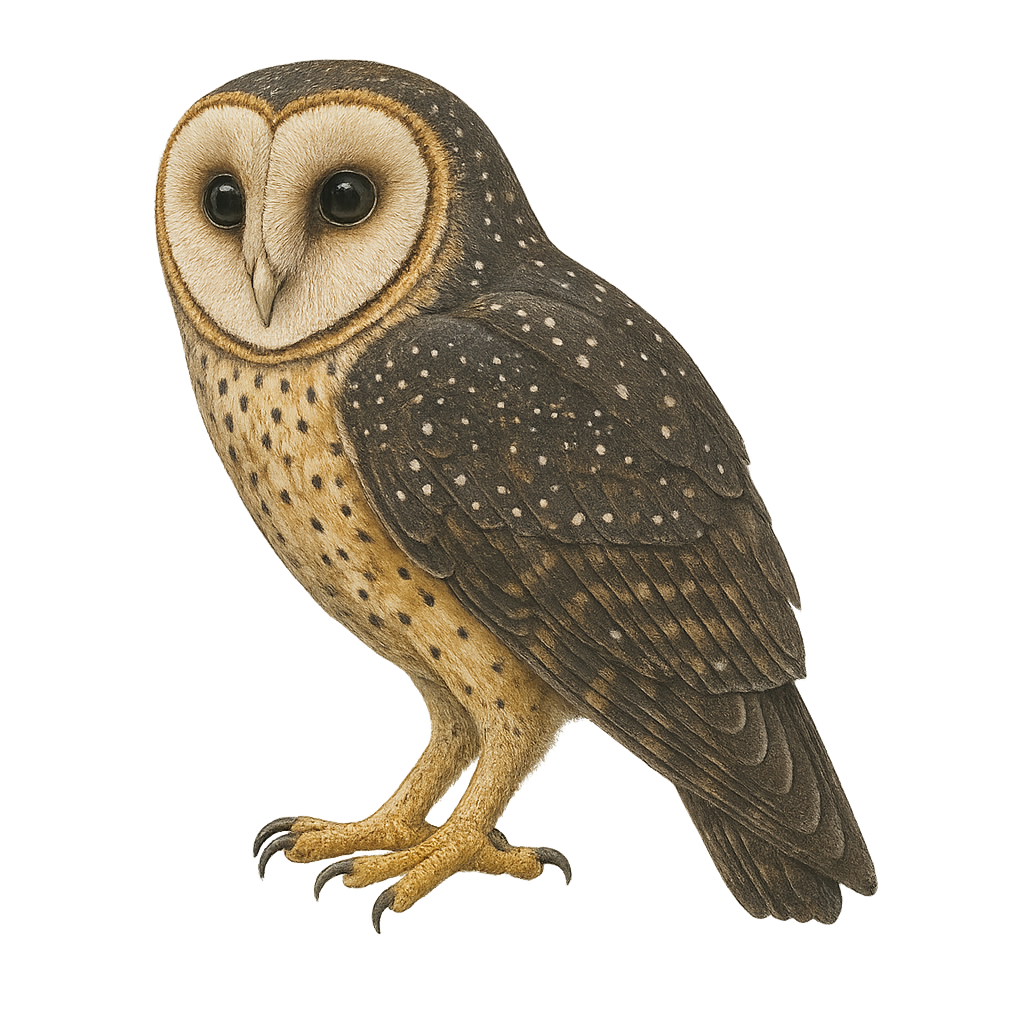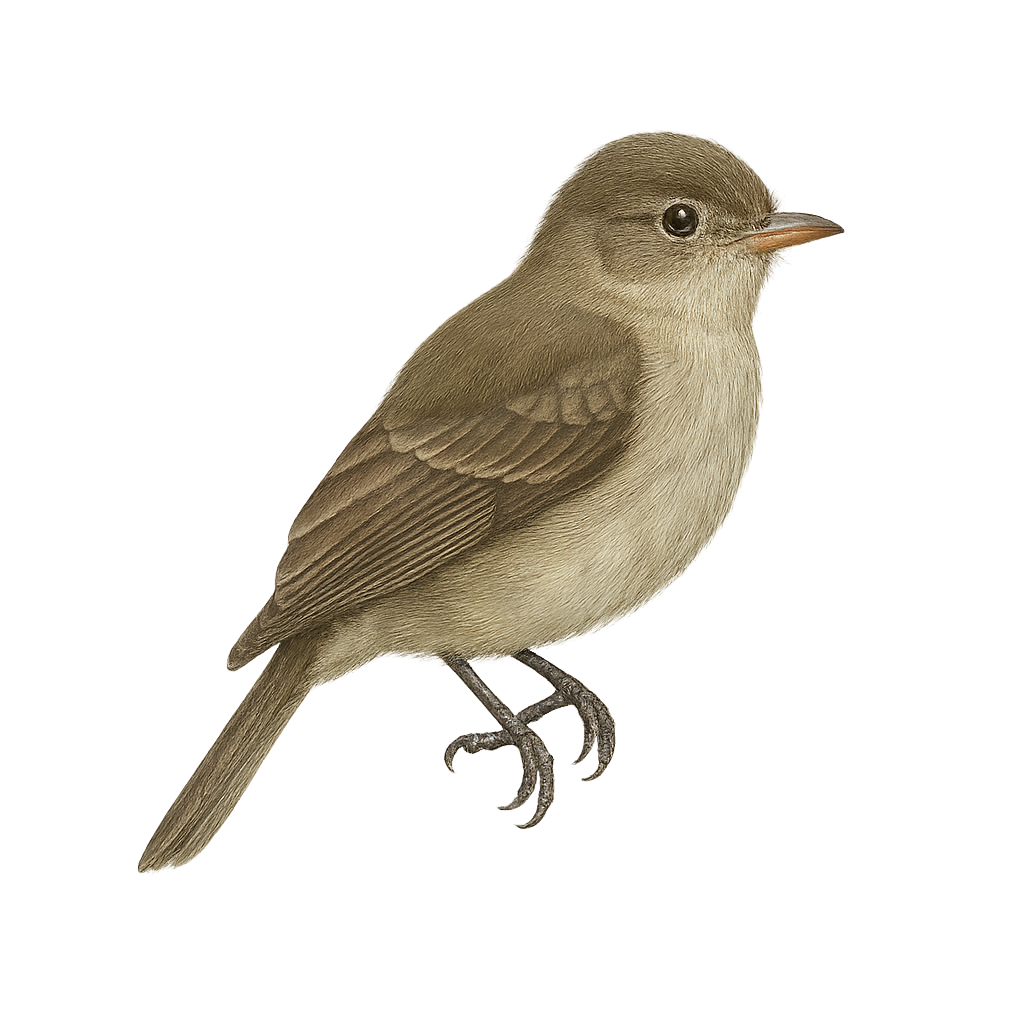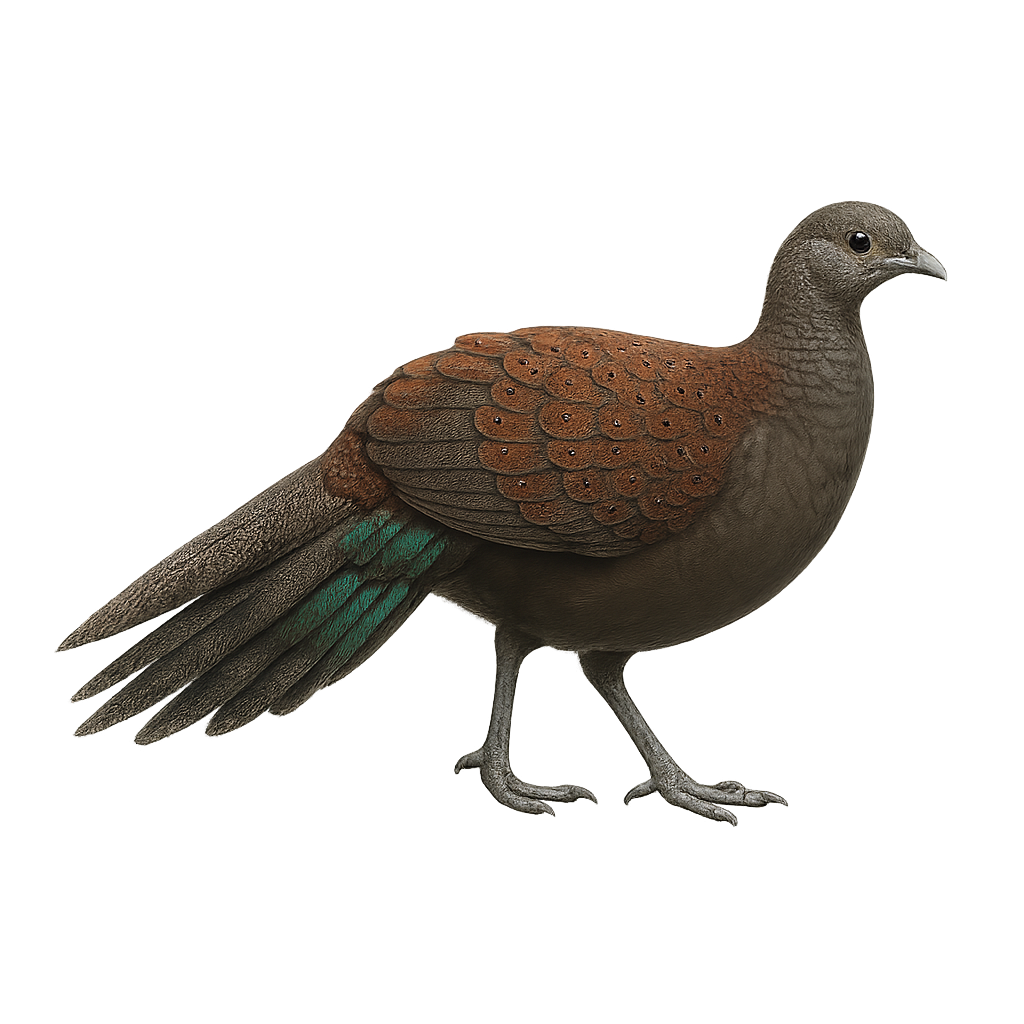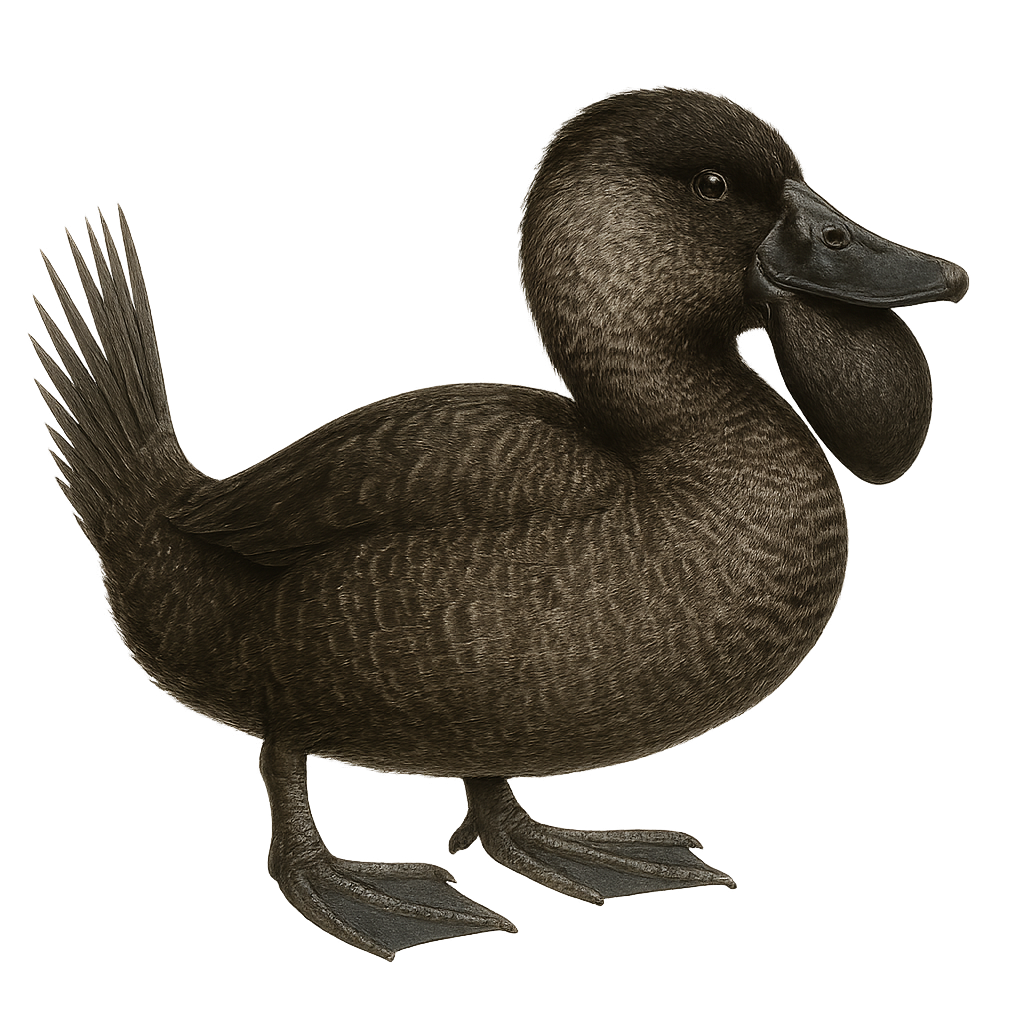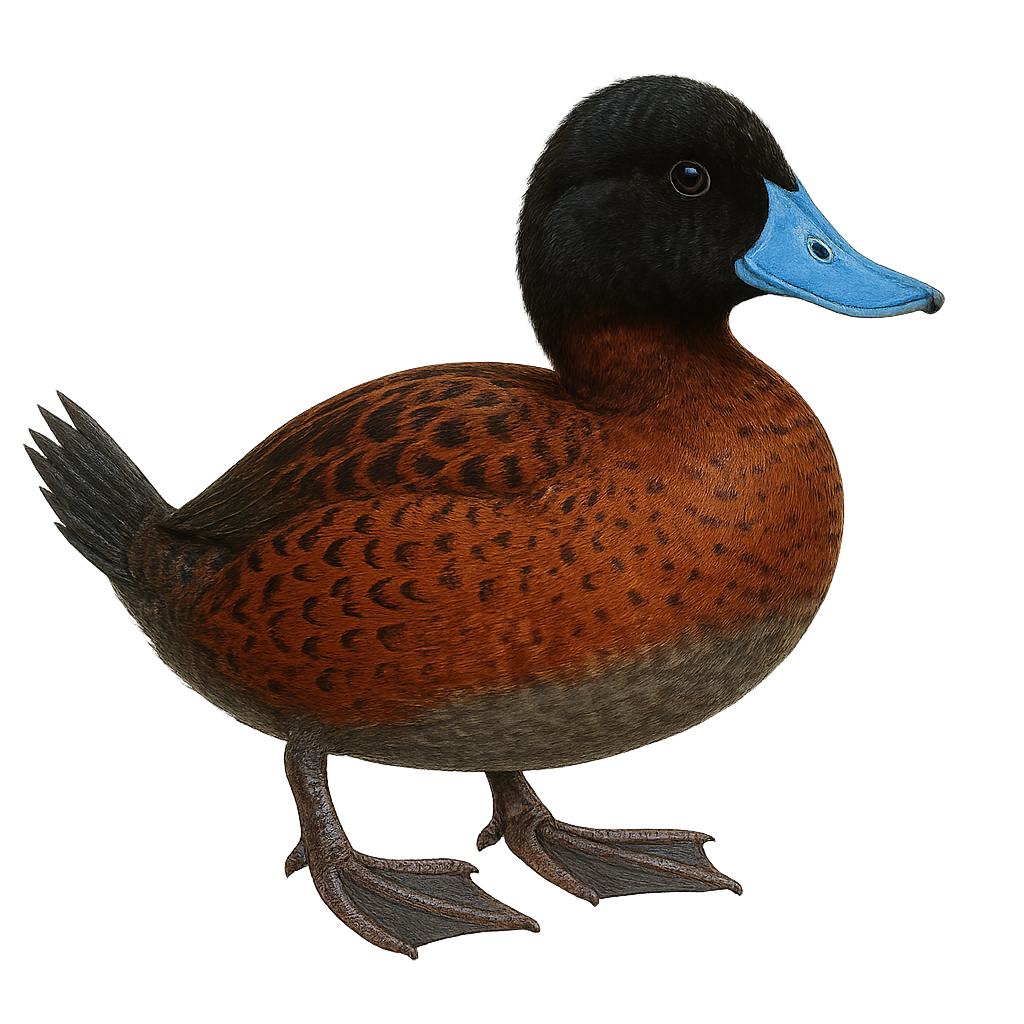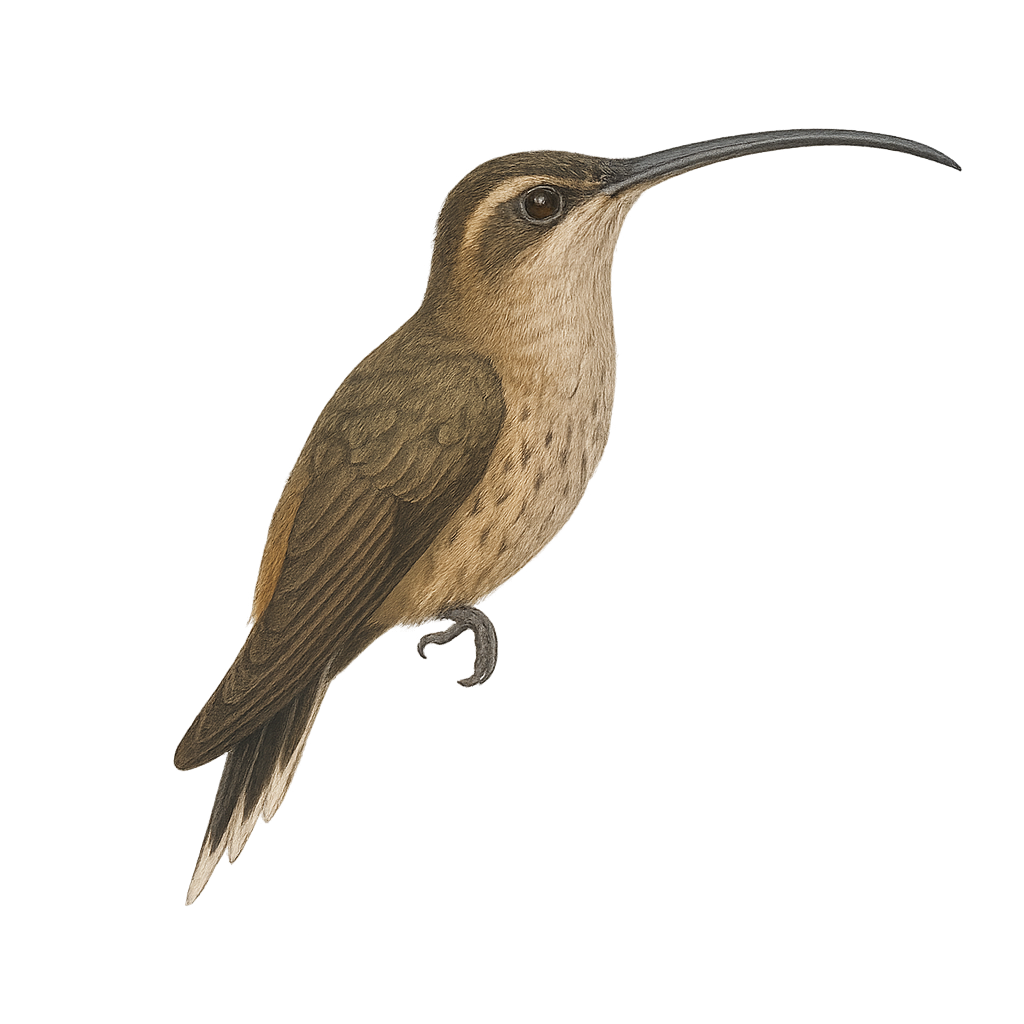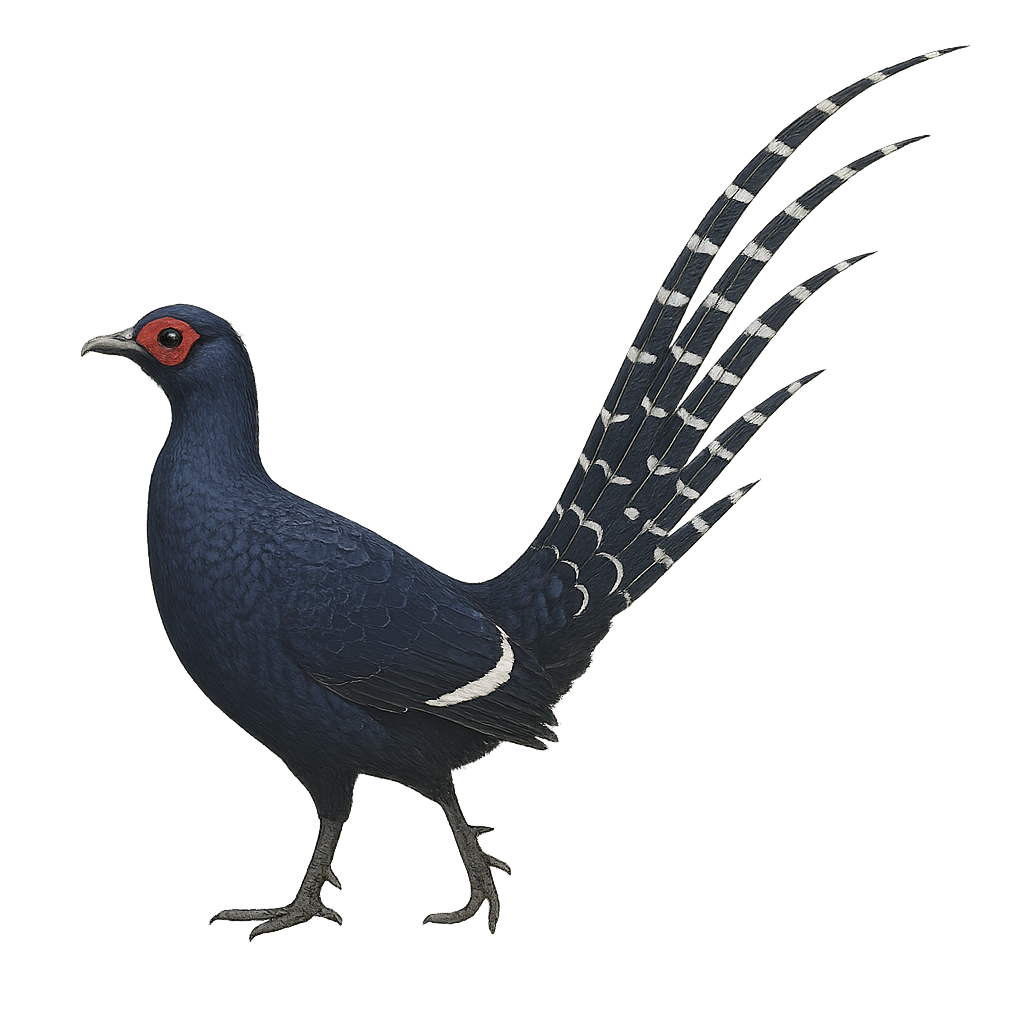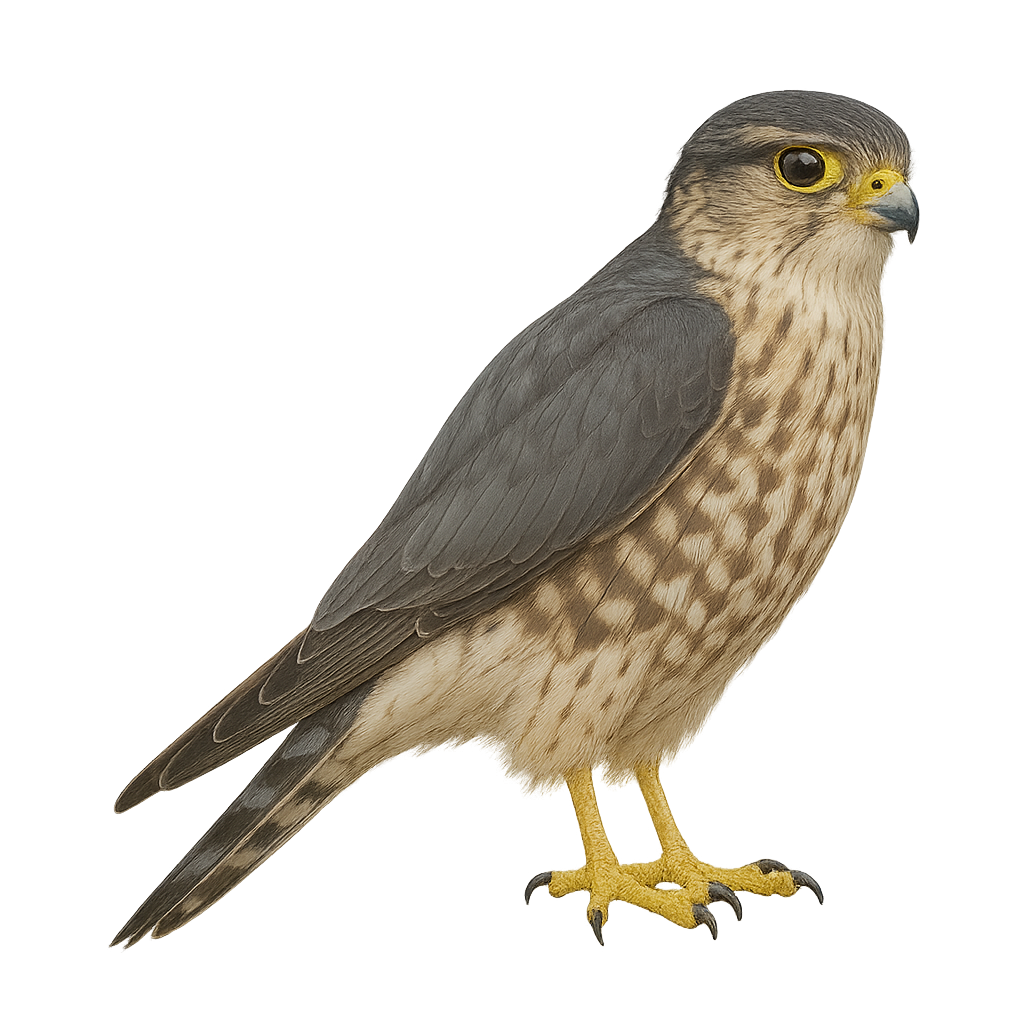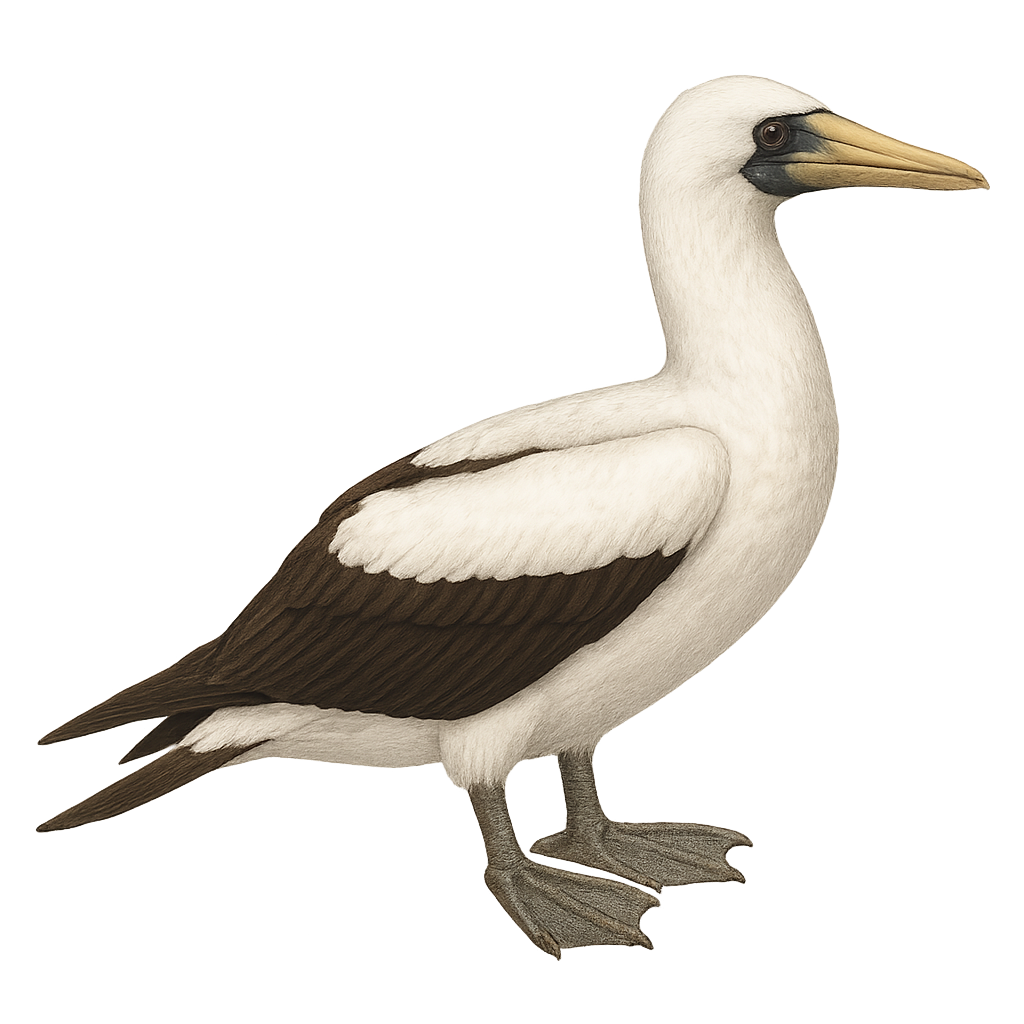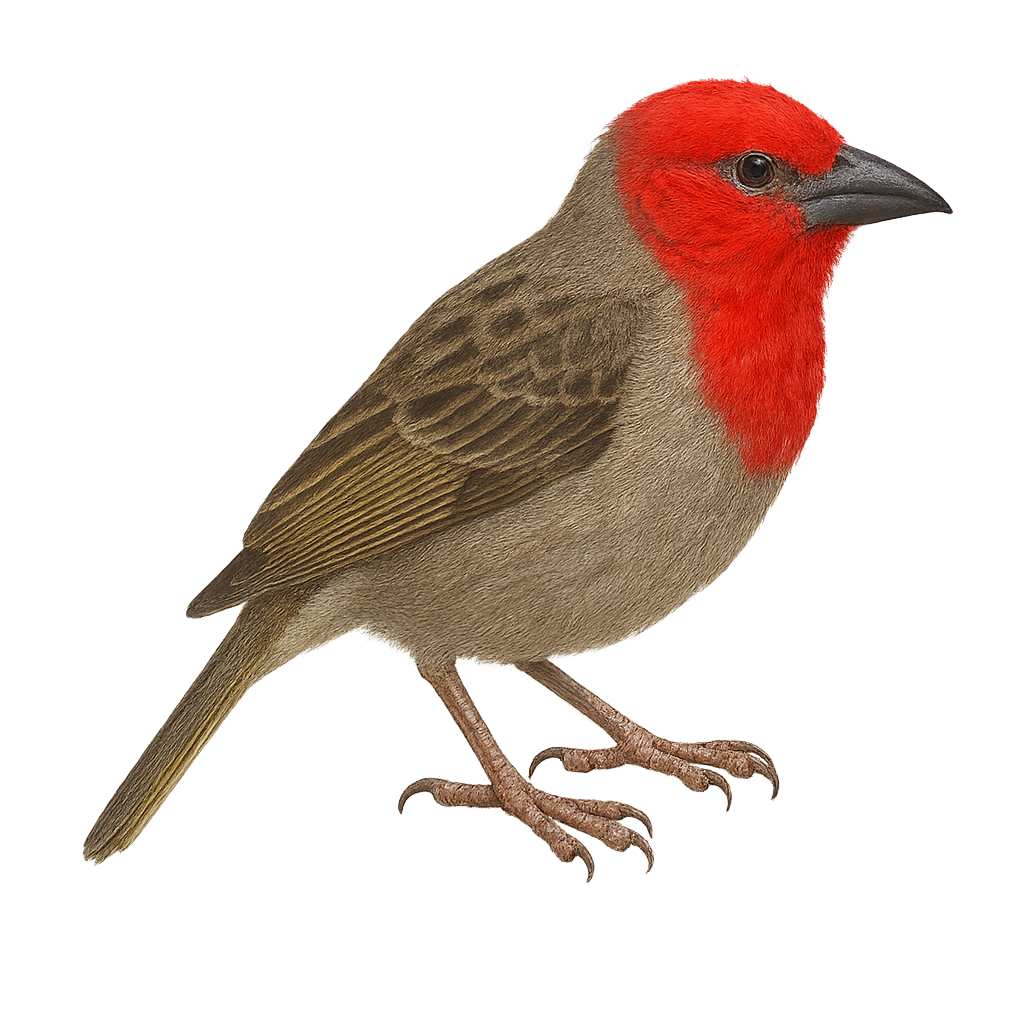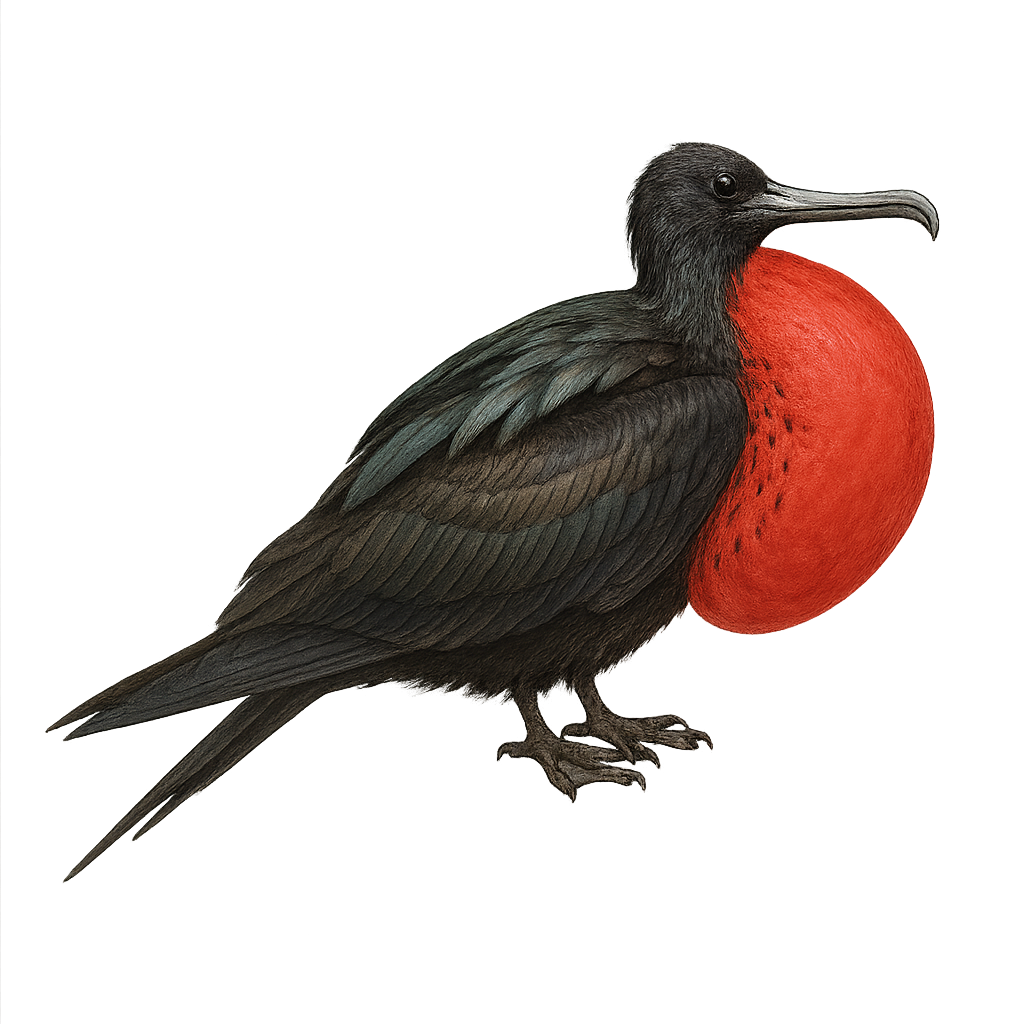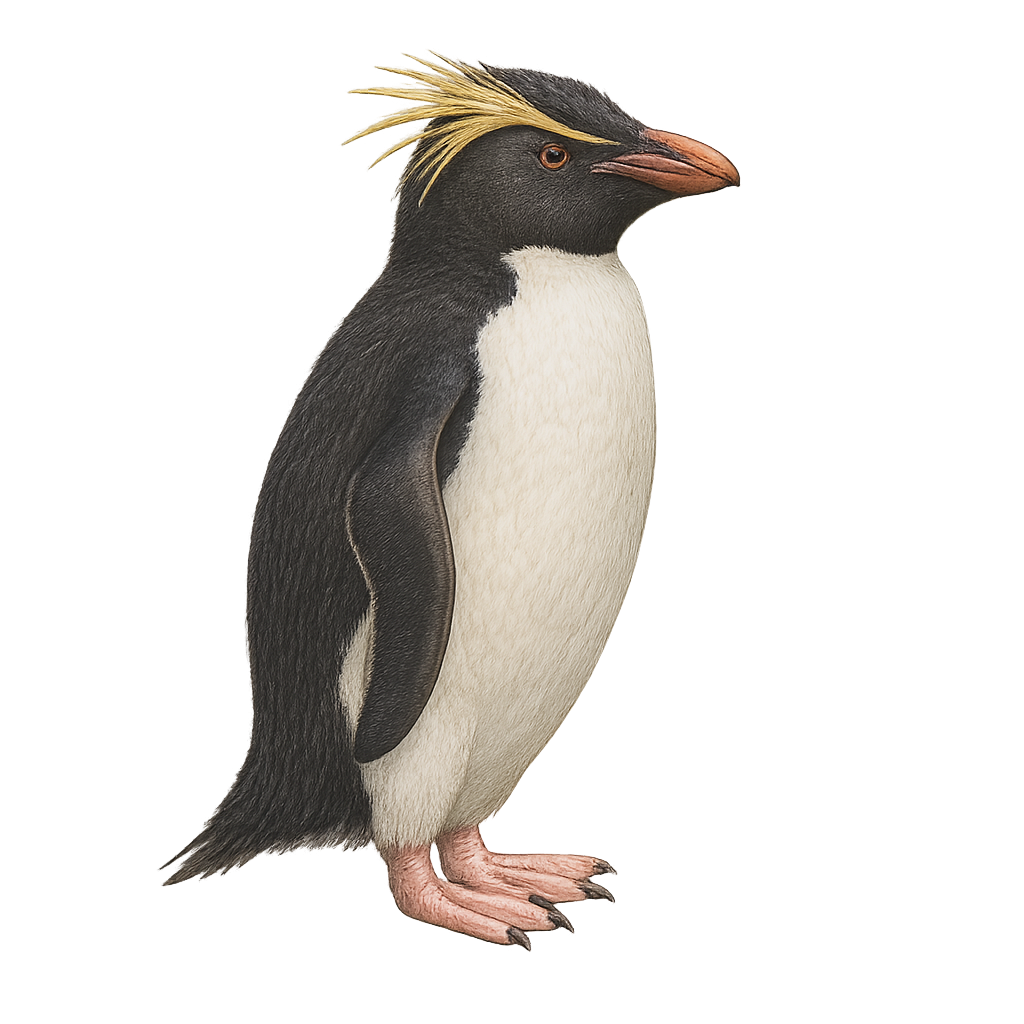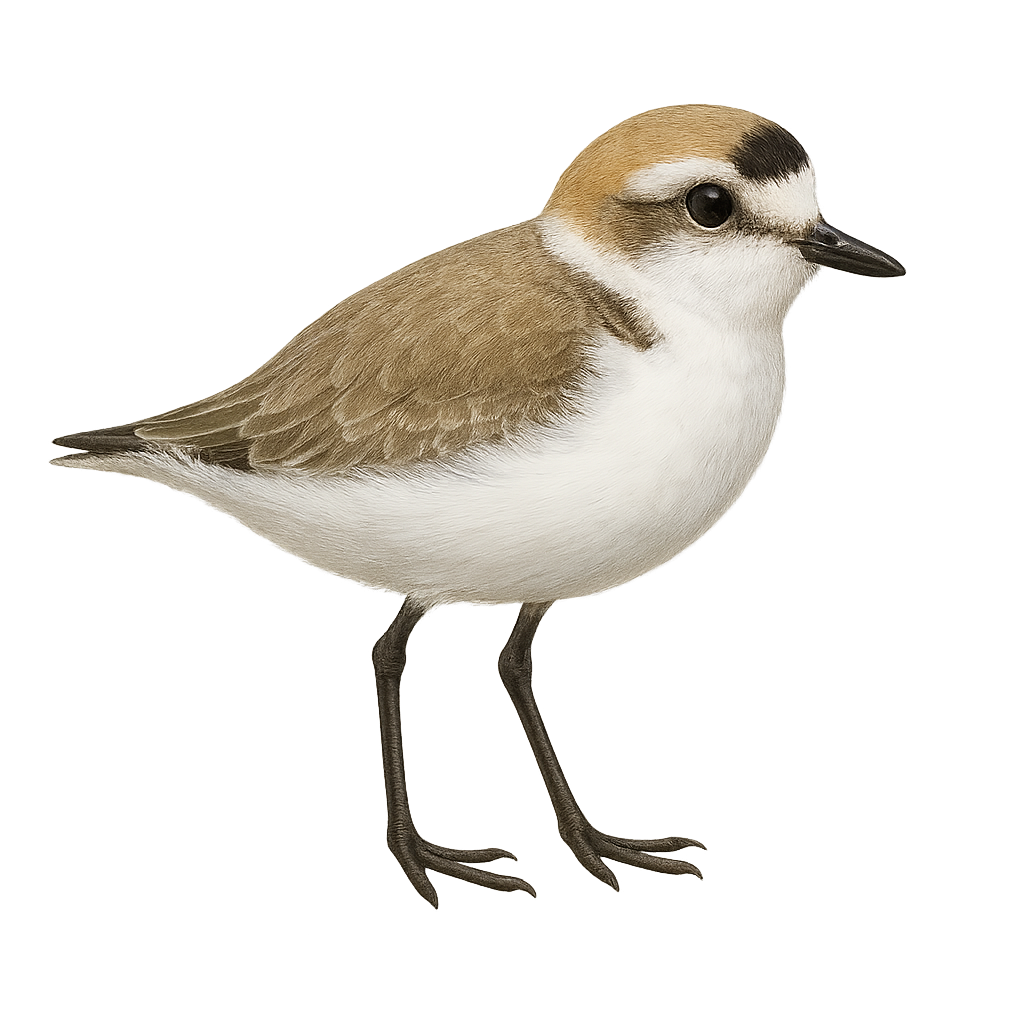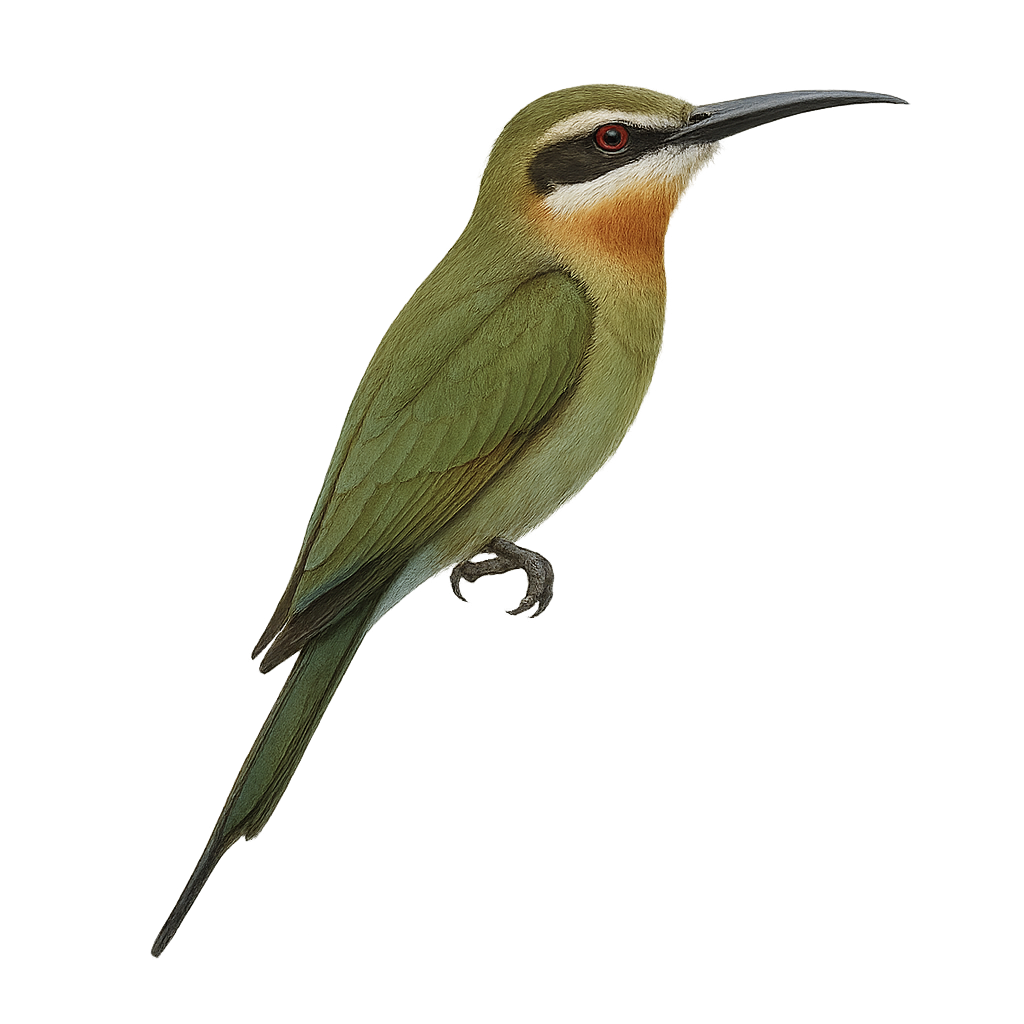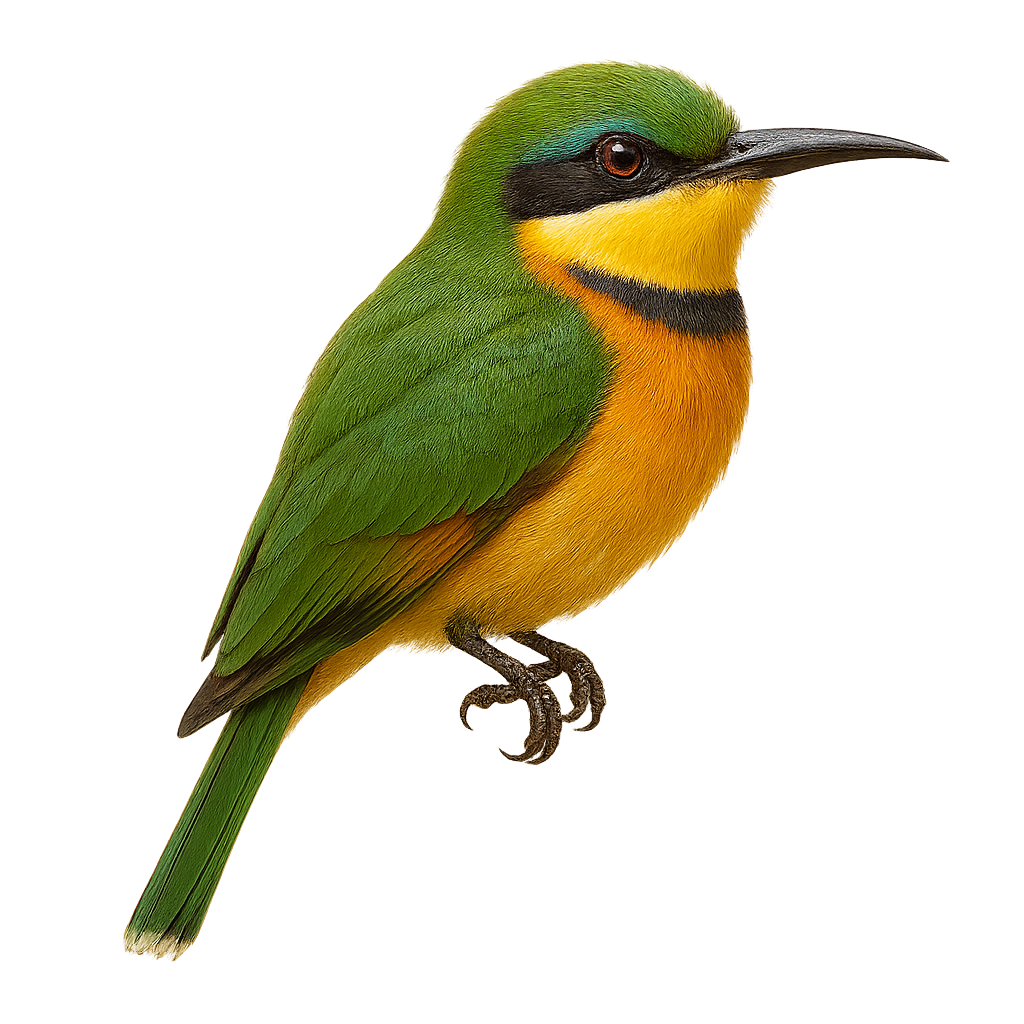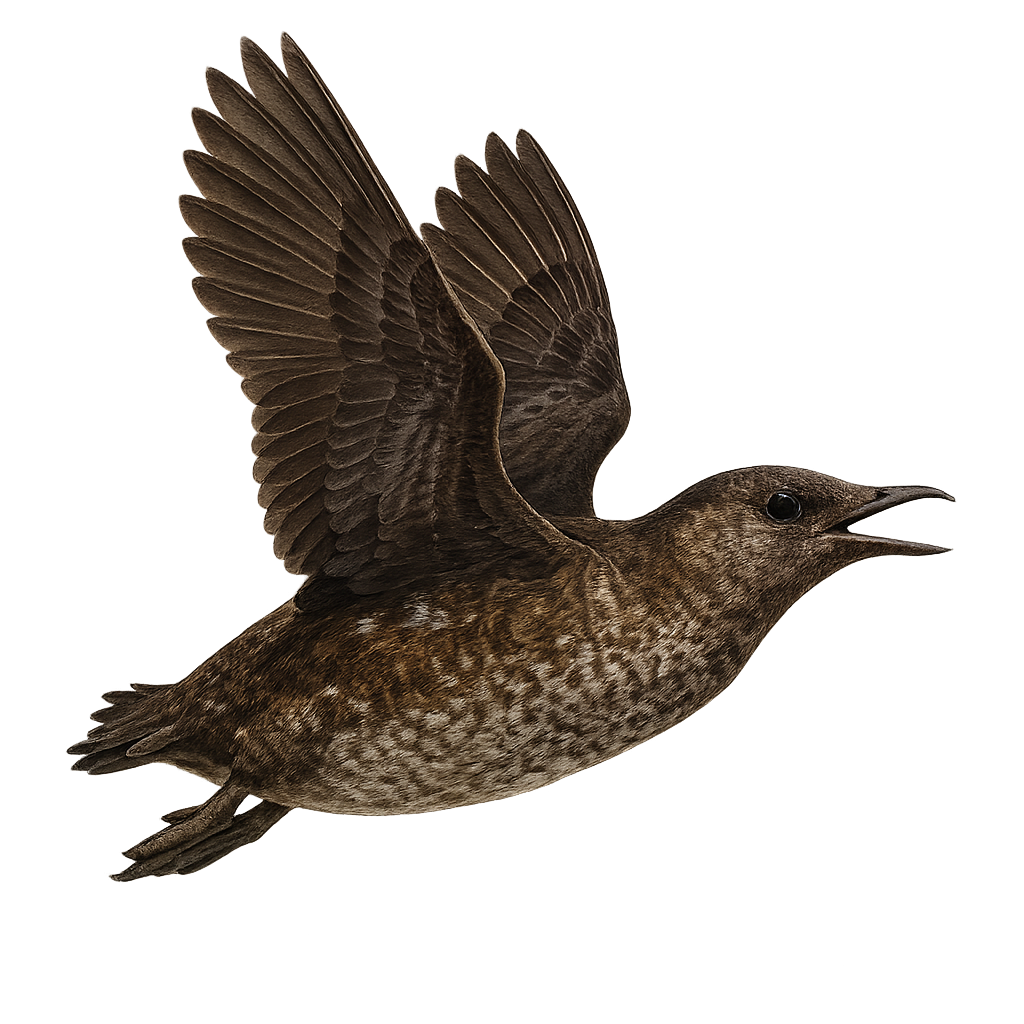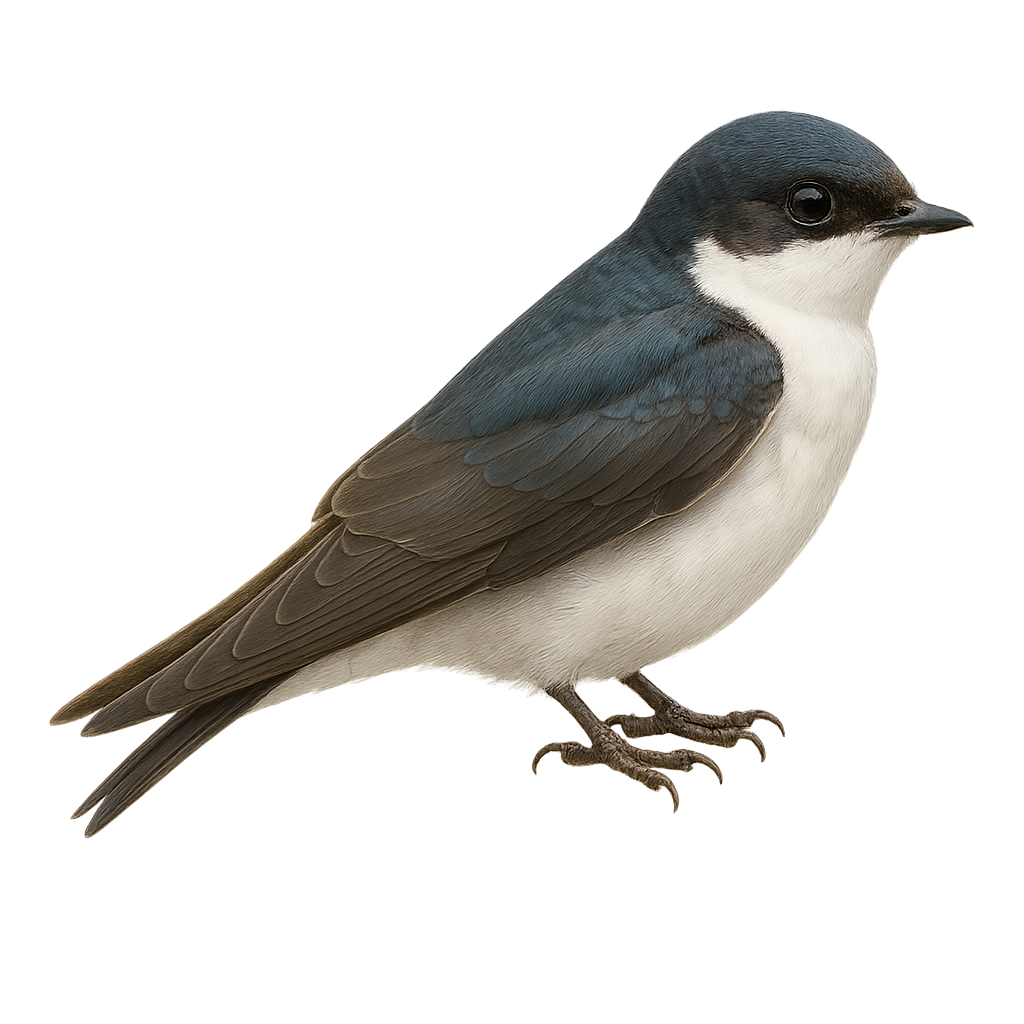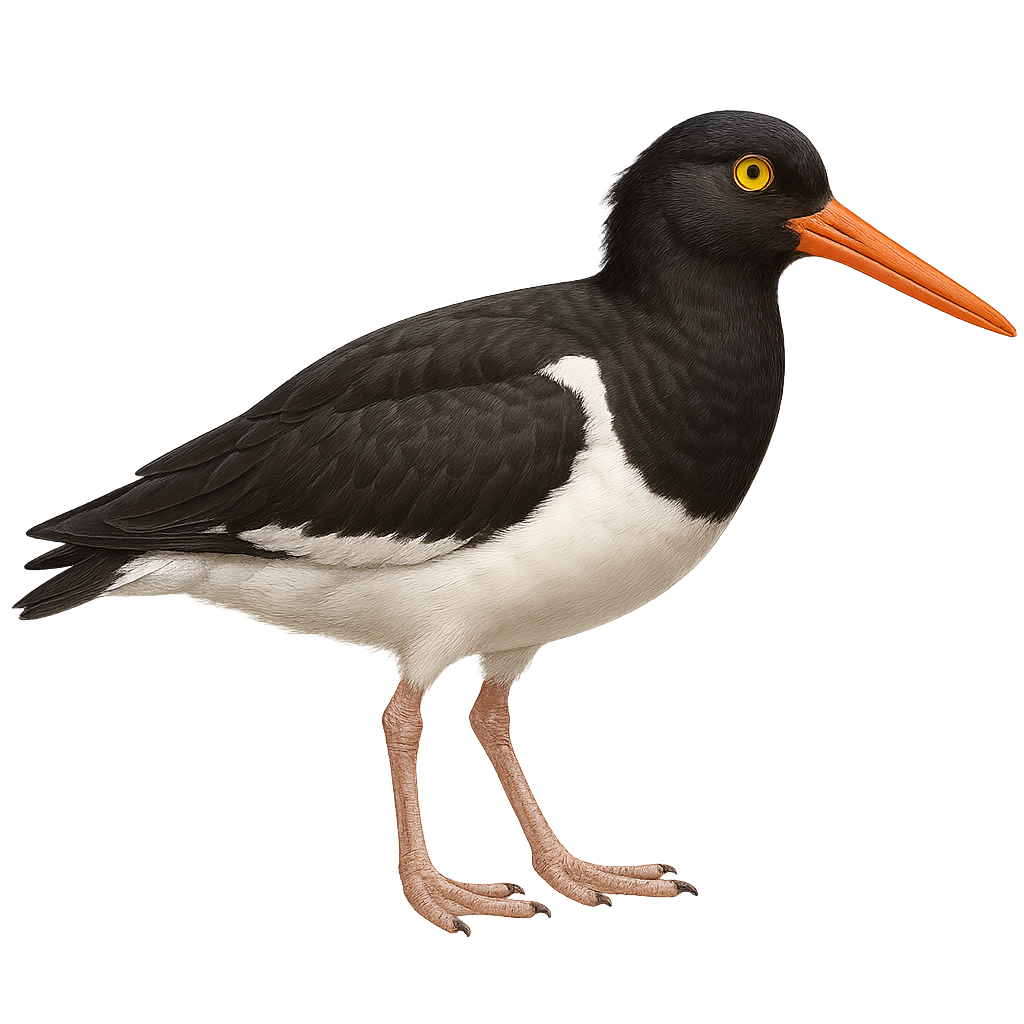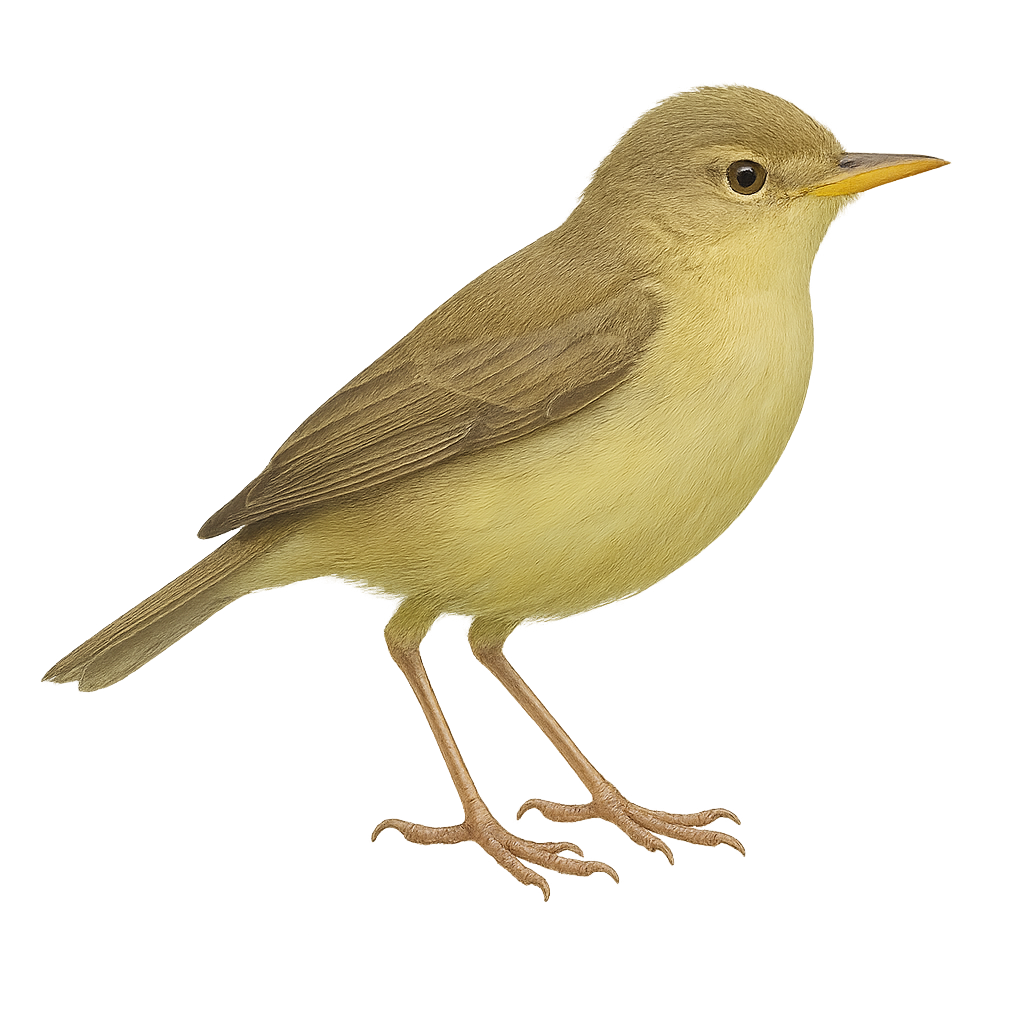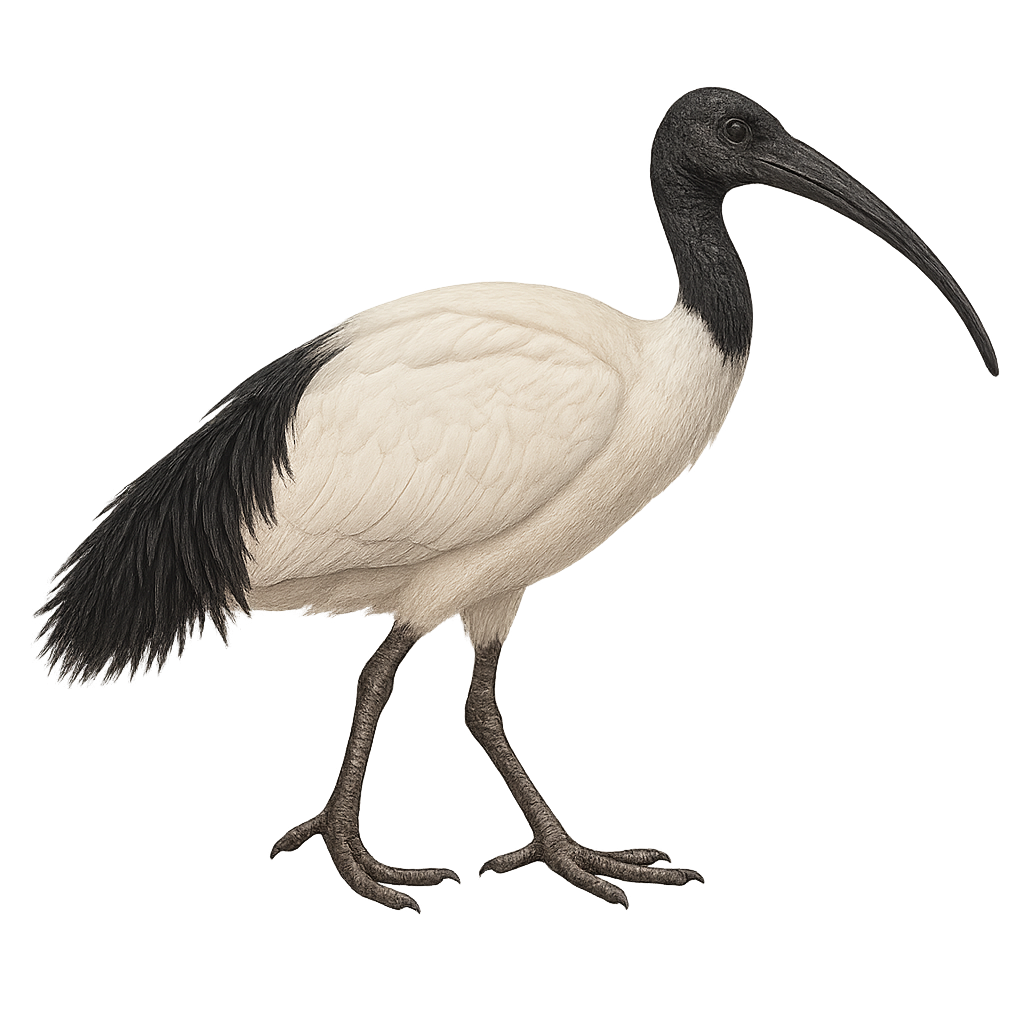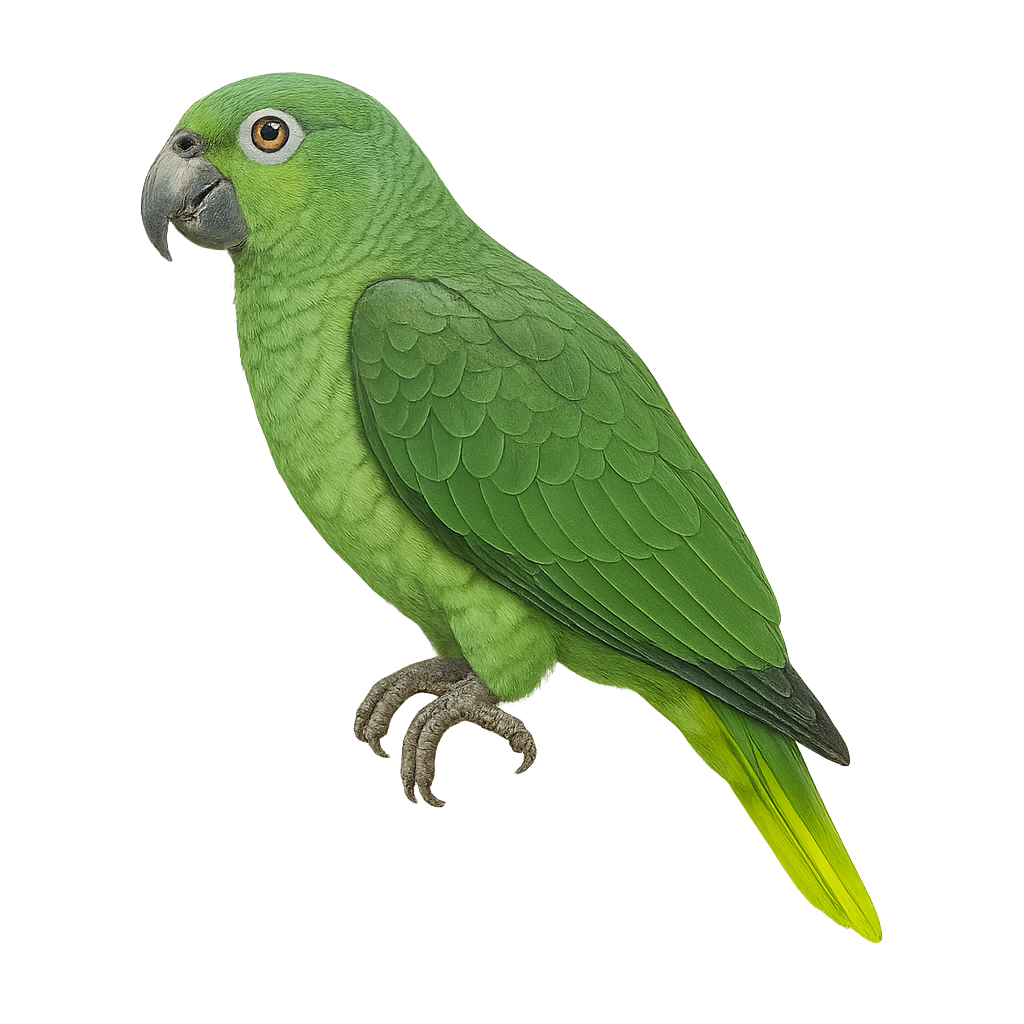The Montezuma Quail is a medium-sized ground bird, known for its distinctive and colorful plumage. Males feature a striking black and white head with mask-like patterns, while females have a more subdued brown and speckled appearance. These birds are primarily found in the mountainous regions of the southwestern United States and Mexico, inhabiting grasslands and wooded areas. They feed mainly on seeds, insects, and bulbs, which they dig up with their strong legs. The Montezuma Quail is a discreet bird, often difficult to spot due to its shy behavior and ability to blend into its surroundings.
The Mountain Quail, or Oreortyx pictus, is a medium-sized ground-dwelling bird distinguished by its prominent crest and varied plumage of brown, gray, and white hues. It is primarily endemic to the mountainous regions of the western United States, where it inhabits coniferous forests and shrublands. This bird is particularly adapted to rugged terrains and primarily feeds on seeds, berries, and insects. Although capable of flight, it generally prefers to run to evade predators. The Mountain Quail is known for its elusive nature and shy behavior, making it difficult to observe in its natural habitat.
The Magellanic Cormorant, or Leucocarbo magellanicus, is a medium-sized seabird, predominantly black with a white chest and metallic sheen on its back. It is commonly found along the rocky coasts of South America, particularly in Patagonia. This cormorant is known for its fast, direct flight and its ability to dive deep to catch fish and crustaceans. It nests in colonies on cliffs, using various materials to build its nest. Although generally tolerant of human presence, it can become suspicious if overly disturbed.
The Madagascar Pond-Heron, Ardeola idae, is a medium-sized bird belonging to the Ardeidae family. It is primarily found in the wetlands of Madagascar, but also in some regions of East Africa. This bird is notable for its striking white breeding plumage, contrasting with its duller, brownish non-breeding plumage. It has a yellow bill and greenish legs. The Madagascar Pond-Heron feeds mainly on small fish, insects, and crustaceans, which it catches in shallow waters. It is often solitary or in small groups and typically breeds during the rainy season, building its nest in trees or shrubs near water.
The mute swan is a large waterbird found in lakes, rivers, and ponds across Europe and Asia. It is easily recognized by its bright white plumage, long graceful neck, and the black knob on its beak. This bird is known for its majestic flight and territorial behavior, especially when protecting its territory or young. Mute swans primarily feed on aquatic vegetation but can also eat small invertebrates.
The Mountain Shrike-Tyrant, or Agriornis montanus, is a medium-sized bird belonging to the Tyrannidae family. It is primarily found in the mountainous regions of South America, particularly in the Andes. This bird is characterized by its gray-brown plumage, with lighter shades on the belly and slightly darker wings. It has a sturdy beak, adapted to its diet mainly consisting of insects and small invertebrates. The Mountain Shrike-Tyrant is often seen perched on branches or rocks, from where it monitors its territory. Its song is discreet but plays an important role in communication between individuals. Although relatively tolerant of human presence, it prefers less frequented areas.
The Masked Owl, or Tyto novaehollandiae, is a medium-sized nocturnal bird of prey native to Australia and some surrounding islands. It is characterized by its heart-shaped facial disc, often white or cream, bordered by a dark edge. Its plumage is generally brown with white spots, allowing it to blend effectively into its natural habitat. It primarily inhabits forests, open woodlands, and agricultural areas but can also be found in urban zones. A nocturnal hunter, it feeds mainly on small mammals, birds, and insects. Although its conservation status is concerning in some areas, it remains relatively widespread.
The Mountain Elaenia is a small passerine bird from the Tyrannidae family, primarily found in the montane forests of Central America. It is recognizable by its olive-gray plumage and lighter chest. This bird is often seen foraging for insects and fruits in the undergrowth. It is particularly active during the day, searching for food in dense foliage. Although generally suspicious, it can be observed from a reasonable distance without much difficulty. Humid forests and wooded areas at high altitudes are its preferred habitats.
The Mountain Peacock-Pheasant, or Polyplectron inopinatum, is a fascinating bird native to the mountainous forests of Malaysia. This medium-sized pheasant is notable for its brown plumage adorned with iridescent ocelli patterns, giving it a majestic appearance. Males display a long tail which they fan out during courtship displays to attract females. These birds are generally solitary or live in small family groups. Their diet mainly consists of insects, small invertebrates, and seeds. Although their habitat is threatened by deforestation, they are still found in several nature reserves. Their discreet behavior and ability to blend into their environment make them challenging yet rewarding to observe for bird enthusiasts.
The Musk Duck, Biziura lobata, is a diving duck native to Australia, known for its broad bill and stiff tail. Males display a lobed flap under the bill during courtship displays. This duck prefers large freshwater bodies like lakes and swamps, feeding mainly on mollusks, crustaceans, and aquatic insects. Although often solitary, it can be seen in small groups. Its ability to dive deeply and stay underwater for extended periods makes it an effective hunter. The species is currently classified as Least Concern by the IUCN but is sensitive to environmental changes and habitat degradation.
The Masked Duck is a small diving duck known for its unique plumage and elusive behavior. Males display a striking rufous plumage with a black head and a distinctive white mask, while females and juveniles are duller with brownish patterns. This species prefers dense aquatic habitats such as marshes and ponds with abundant vegetation. It is primarily nocturnal, feeding on aquatic plants, insects, and small invertebrates. Although widely distributed in the Caribbean and parts of Central and South America, it remains difficult to spot due to its shy nature and habit of hiding in dense vegetation.
The Mexican Hermit, or Phaethornis mexicanus, is a fascinating hummingbird primarily inhabiting the tropical rainforests of Mexico and Central America. This small bird is distinguished by its brown-green plumage, long curved beak, and spatula-shaped tail. It is often seen darting swiftly from flower to flower, using its specialized beak to extract nectar. The Mexican Hermit plays a crucial role in the pollination of local plants. Although mostly solitary, it can sometimes be seen in small groups during the breeding season. Its song is a soft hum, often heard before it is seen. Despite its delicate appearance, this bird is resilient and adapts well to its environment, although it is threatened by deforestation.
The Mikado Pheasant (Syrmaticus mikado) is an elegant and rare bird, endemic to the mountains of Taiwan. This pheasant is distinguished by its dark, glossy plumage with metallic blue-green sheen. Males feature long tail feathers, while females are more subdued with mottled brown plumage. They primarily inhabit mountain forests, feeding on seeds, fruits, and insects. The Mikado Pheasant is a culturally significant symbol in Taiwan, often associated with beauty and grace. However, it is threatened by habitat loss and illegal hunting, making it a protected species.
The Merlin is a small raptor, one of the fastest birds, easily recognizable by its compact plumage and vibrant colors. It measures between 28 and 34 cm in length, with a wingspan of 60 to 80 cm, and weighs between 150 and 250 g. The male has a blue-gray plumage on its back, with black wings and a head marked with black bands, while the female is generally larger and duller, with brownish hues. The Merlin is found primarily in Europe, Asia, and North America, where it inhabits a variety of habitats, from open areas such as meadows and agricultural zones to forests. This bird primarily feeds on smaller birds, small mammals, and insects. It hunts in flight, using its impressive speed to capture its prey. It is particularly known for its fast and agile aerial maneuvers. While the species is not endangered, it faces threats such as habitat loss, human disturbance, and the reduction of prey populations.
The Sula dactylatra, commonly known as the Masked Booby, is a large seabird recognized for its striking white plumage and distinctive black facial mask. Its long, slender wings allow it to glide over vast ocean expanses. It primarily feeds on fish and squid, which it catches by diving from the air. Often seen in colonies on tropical and subtropical islands, it nests on the ground. The Masked Booby is an adept diver, capable of plunging to impressive depths to catch its prey. Despite its name, it is its relatives, the Blue-footed Boobies, that have the colorful feet.
The Mayotte Fody, or Foudia eminentissima, is a small bird endemic to the island of Mayotte in the Comoros archipelago. This passerine is notable for its bright red plumage in males, while females display more subdued shades of brown and gray. Measuring about 12 to 14 cm, it is often seen in forests, gardens, and cultivated areas. Its diet mainly consists of seeds, fruits, and insects. The Mayotte Fody is a social bird, often seen in small groups, and plays a crucial role in pollinating certain local plants. Although its habitat is limited, it adapts well to human-modified environments.
The magnificent frigatebird is an impressive seabird, recognizable by its slender silhouette and long, sickle-shaped wings. Males display a bright red gular pouch, which they inflate to attract females. These birds are primarily black with metallic sheens, and females are distinguished by a white breast. They are often seen soaring above tropical oceans, using air currents to move effortlessly. Frigatebirds do not swim and cannot take off from water, so they feed by catching flying fish or harassing other birds to steal their prey. Their wingspan can reach up to 2.3 meters, making them masters of gliding flight.
The Macaroni Penguin, Eudyptes chrysolophus, is a medium-sized penguin known for its striking yellow crest contrasting with its black and white plumage. It primarily inhabits subantarctic and Antarctic islands, forming large colonies on rocky slopes. This penguin is an excellent swimmer, capable of diving to impressive depths to hunt fish, krill, and crustaceans. Its breeding season begins in the austral spring, where pairs reunite to nest. Although its conservation status is concerning due to climate change and industrial fishing, the Macaroni Penguin remains a fascinating species that continues to captivate researchers and nature enthusiasts.
The Mountain Plover, Anarhynchus alticola, is a bird species primarily inhabiting mountainous regions. This plover is recognizable by its discreet plumage, usually gray-brown, which allows it to blend into its rocky environment. It is often observed in small groups, feeding on insects and small invertebrates. Its ability to survive at high altitudes demonstrates its remarkable adaptation to harsh conditions. Although its habitat is relatively isolated, it is vulnerable to human disturbances and climate change, which threaten its breeding and feeding areas. Conservation of this bird requires special attention to preserve its natural habitats.
The Mountain Plover, Anarhynchus montanus, is a fascinating bird primarily inhabiting mountainous regions. It is distinguished by its discreet plumage, often gray-brown, which allows it to blend into its rocky environment. This medium-sized plover has a short, straight bill, adapted to its diet mainly consisting of insects and small invertebrates. It is often observed in small groups, moving quickly on the ground in search of food. Although generally discreet, the Mountain Plover can be quite vocal, especially during the breeding season. Its preferred habitat includes alpine meadows and rocky plateaus, where it can nest safely from predators.
The mistle thrush is a ground-dwelling bird found primarily in open woodlands, hedgerows, and cultivated areas across Europe and Asia. It is distinguished by its grey-brown plumage and dark spots on its belly. The mistle thrush is particularly known for its aggressive behavior when defending its territory, emitting loud songs and harsh calls. It primarily feeds on berries, fruits, and small insects.
The Madagascar Bee-eater, Merops superciliosus, is a colorful and fascinating bird, primarily found in Madagascar and parts of East Africa. It is distinguished by its vibrant plumage, featuring shades of green, blue, and rufous, as well as its long, slender tail. This bird is often seen in flight, catching insects mid-air with its thin, curved beak. It typically nests in burrows dug into sandy banks, forming noisy and dynamic colonies. The Madagascar Bee-eater is a diurnal bird, active mainly during the day, and is known for its social behaviors and spectacular courtship displays.
The Mountain Bee-eater, Merops oreobates, is a colorful and fascinating bird belonging to the Meropidae family. It is primarily found in the mountainous regions of East Africa, where it inhabits montane forests and wooded areas. Its vibrant plumage, featuring shades of green, blue, and yellow, makes it easily recognizable. This bird primarily feeds on insects, especially bees and wasps, which it catches in flight with remarkable agility. The Mountain Bee-eater is a sociable bird, often seen in small groups. It nests in burrows dug into banks or sandy slopes. Although its conservation status is currently stable, deforestation and habitat loss could threaten its populations in the future.
The Marbled Murrelet, Brachyramphus marmoratus, is a discreet and fascinating seabird belonging to the Alcidae family. It is primarily observed along the North Pacific coasts, from Alaska to California. This small bird, measuring about 25 cm in length, is recognizable by its marbled brown and white plumage, which allows it to blend effectively into its environment. Unlike most other alcids, the Marbled Murrelet nests in old-growth forests, often several kilometers from the sea, where it lays a single egg on a tree branch. It primarily feeds on small fish and marine invertebrates, which it skillfully captures by diving underwater. Unfortunately, this species is threatened by the loss of its forest habitat and human disturbances.
The Mangrove Swallow, Tachycineta albilinea, is a small, elegant bird found in the neotropical regions. It is characterized by its iridescent blue-green back and white underparts. This species is often seen near water bodies like rivers, lakes, and mangroves, where it skillfully hunts flying insects. Known for its rapid and acrobatic flight, it often flies in small groups. Nests are typically built in natural or artificial cavities, with the female laying three to five eggs. Although its habitat is threatened by deforestation and pollution, it is currently classified as Least Concern by the IUCN.
The Magellanic Oystercatcher, or Haematopus leucopodus, is a distinctive coastal bird known for its black and white plumage and bright red bill. It primarily inhabits rocky shores and pebble beaches in southern South America, particularly in Patagonia and Tierra del Fuego. This bird is an excellent forager, using its strong bill to pry open shells and feed on mollusks and crustaceans. Magellanic Oystercatchers are monogamous and highly territorial, vigorously defending their nesting territory from intruders. Their nest is often a simple scrape in the ground, where they typically lay two to three eggs. Although they are relatively tolerant of human presence, it is important to respect their space to avoid disturbing their natural behavior.
The melodious warbler is a small migratory passerine of 11–13 cm with olive-yellow upperparts and pale yellow underparts. It inhabits open woodlands, hedgerows and groves, feeding mainly on insects captured in flight or among foliage. During breeding, males sing from elevated perches to attract females and defend territory.
The Malagasy sacred ibis, or Threskiornis bernieri, is a bird species endemic to Madagascar, primarily found in coastal wetlands and mangroves. This medium-sized bird, recognizable by its white plumage contrasting with its black head and neck, is often seen in small groups. It feeds mainly on small invertebrates, fish, and crustaceans, which it finds by probing the mud with its long, curved bill. Deforestation and habitat degradation are major threats to its survival. Classified as vulnerable by the IUCN, the Malagasy sacred ibis is the focus of conservation programs aimed at protecting its habitats and raising awareness among local populations about its ecological importance.
The Mealy Amazon, or Amazona farinosa, is a large parrot, measuring about 38 to 41 cm in length. Its plumage is primarily green, with bluish hues on the forehead and yellow touches on the wings. This species is known for its ability to mimic sounds and human voices, making it a popular pet bird. It mainly inhabits the tropical rainforests of Central and South America, where it feeds on fruits, seeds, and flowers. Although sociable, it can be noisy, especially in groups. The Mealy Amazon is currently classified as "Least Concern" by the IUCN, but it is threatened by deforestation and illegal trade.
The Leipoa ocellata, or Malleefowl, is a unique terrestrial bird endemic to the arid and semi-arid regions of Australia. This medium-sized bird, measuring about 60 cm in length, is easily recognizable by its brown plumage speckled with white and black, allowing it to blend into its surroundings. It is famous for its unusual breeding method: the male builds a large mound of earth and vegetation, where the female lays her eggs. The heat generated by the decomposition of organic matter incubates the eggs. The Malleefowl is a discreet bird, often difficult to observe, as it prefers to move on foot and quickly hides when threatened.


